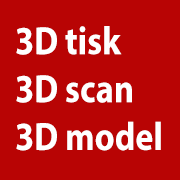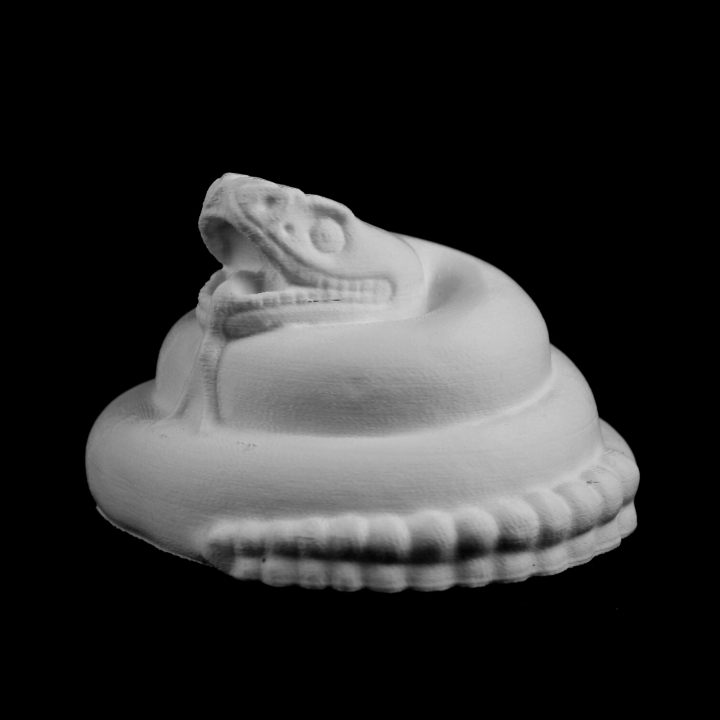
Reklama
3D tiskárny



AONN.cz
Sp┼Ö├ítelen├ę Weby
|
3D modely ARTStone Rattlesnake at The British Museum, London

This realistic depiction of a rattlesnake (Crotalus durissus) accurately records many important anatomical details. The Aztecs carved naturalistic sculptures of selected reptiles, birds and insects, suggesting that their life cycles and habits were closely observed. On this snake the small circular cavities on either side of the head between the nostrils and the eyes are the external openings to highly effective heat sensors, enabling the snake to locate and strike at prey in complete darkness. The hole visible on the floor of the mouth is the trachea. In snakes this is movable, so that when a snake is ingesting its prey, the trachea moves forward to enable it to continue to breathe. The traces of red pigment on the right nostril and mouth and the red dots on the surfaces of the ventral coils may allude to the coloured skin of some species of rattlesnakes. The rattle consists of thirteen segments. Each time the snake sheds its skin a new segment is produced. n├íhodn├Ż v├Żb─Ťr model┼»
|
©Ofrii 2012
| |||